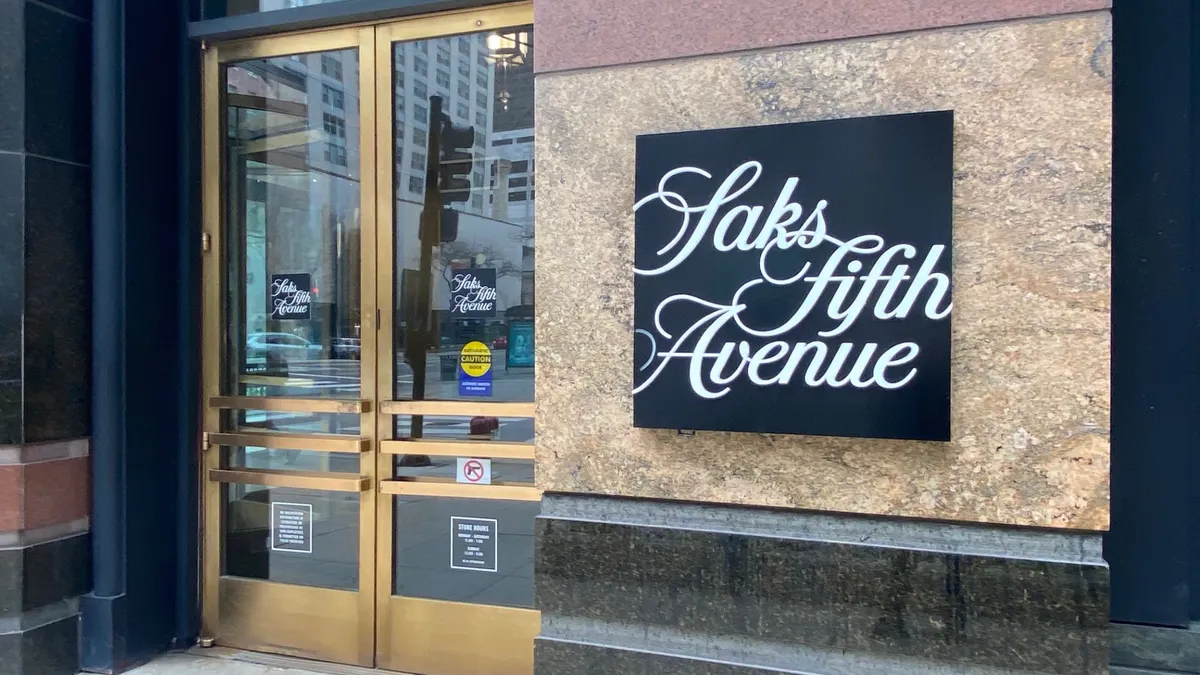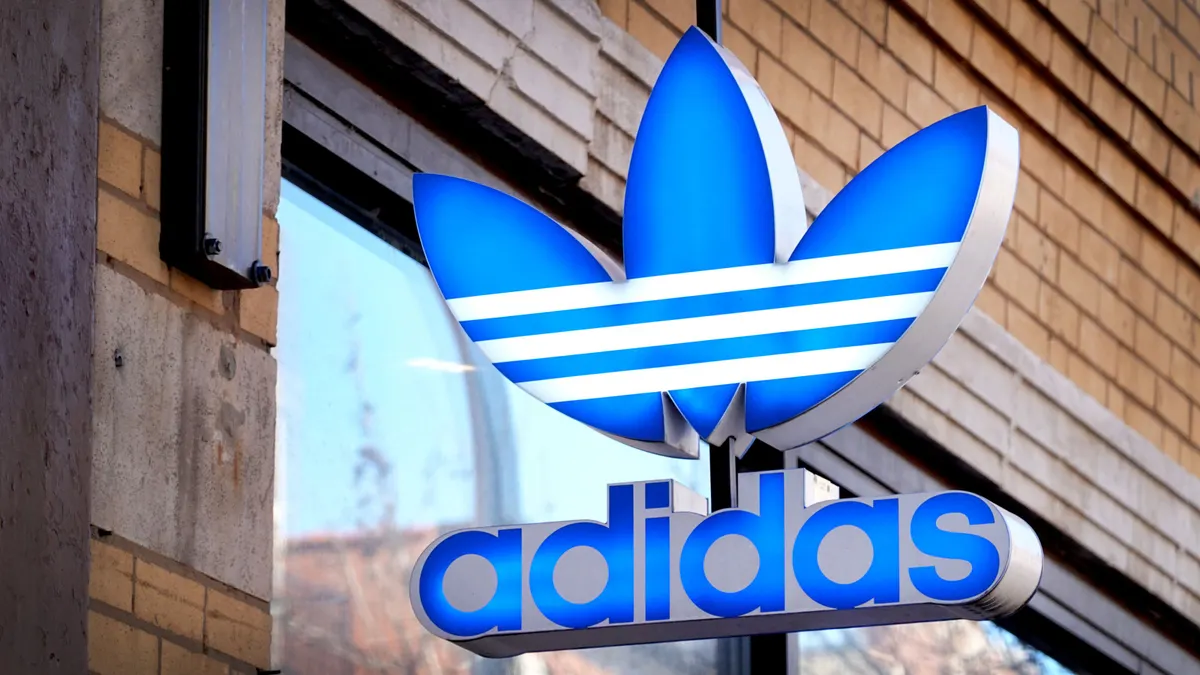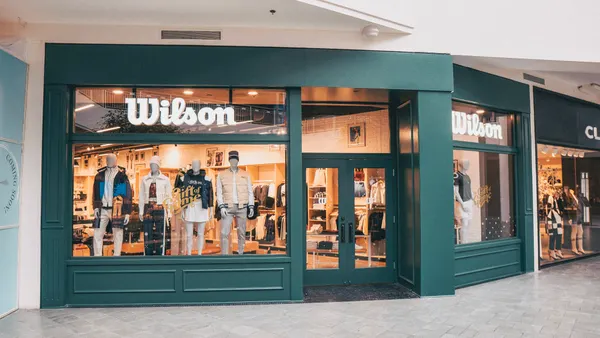Saks Global has picked up $350 million in financing commitments from SLR Credit Solutions, including a $300 million first-in, last-out facility and a $50 million secured term loan facility, the company said Thursday. The transaction is expected to close by June 30.
The company acquired Neiman Marcus Group, which also includes Bergdorf Goodman, for $2.7 billion late last year, and was probably aware it could run into liquidity issues before long, according to Tim Hynes, head of credit research at Debtwire. Saks Global is also working on additional funding with a group of bondholders that holds a controlling stake and had been planning “an aggressive restructuring,” he previously told sister publication Retail Dive.
“In any highly leveraged transaction, things sometimes do not go as planned, so it is prudent to continue seeking liquidity alternatives,” he said by email Friday. “The new financing should enable them to get through the holiday season.”
Without it, Sak’s wouldn’t have had enough cash to pay vendors ahead of the season, Hynes previously said.
With it, the luxury department store conglomerate projects it will have about $700 million in available liquidity, according to a statement from Saks Global CEO Marc Metrick. “Along with synergy realization and business performance exceeding our plans, we are well positioned to continue delivering for all of our stakeholders, including our brand partners,” he said.
The latter is crucial, given the company’s ongoing troubles with vendors. Three weeks ago, S&P Ratings analysts Frederico Carvalho and Amanda O’Neill warned that the company had “a less-than-adequate liquidity position, which will likely lead to additional challenges in building seasonal inventory while executing on its synergy initiatives from its acquisition of Neiman Marcus (NMG).”
As of Feb. 1, Saks Global had some $1 billion in outstanding debt under its ABL facility “as the result of the NMG acquisition, delayed vendor payments, nonrecurring expenses, and seasonal draws,” according to S&P Ratings calculations.
“At the same time, the company’s efforts to stretch payables have resulted in vendors withholding inventory receipts, which constrained the ABL borrowing base,” Carvalho and O’Neill said. Since then, inventory receipts improved at Saks Fifth Avenue (resembling 2023, when it also had inventory challenges) and rose year over year at Neiman Marcus, they said.
The S&P Ratings analysts, who had anticipated the move to garner new financing, said earlier this month that it would provide short-term relief but further depress the company’s free operating cash flow deficit. They forecast a free cash flow deficit for this year and next.
In its release, Saks Global provided a general sense of its finances, saying that it “continues to see improvements in business performance, with inventory receipt flows improving and synergy realization from integration efforts significantly exceeding plan.” The day after issuing that release, the company told creditors on a call that its adjusted net loss last year topped $100 million and that $275 million owed to vendors is overdue, according to a Friday report from Bloomberg citing unnamed call participants. The company didn’t immediately respond to a request for comment.












